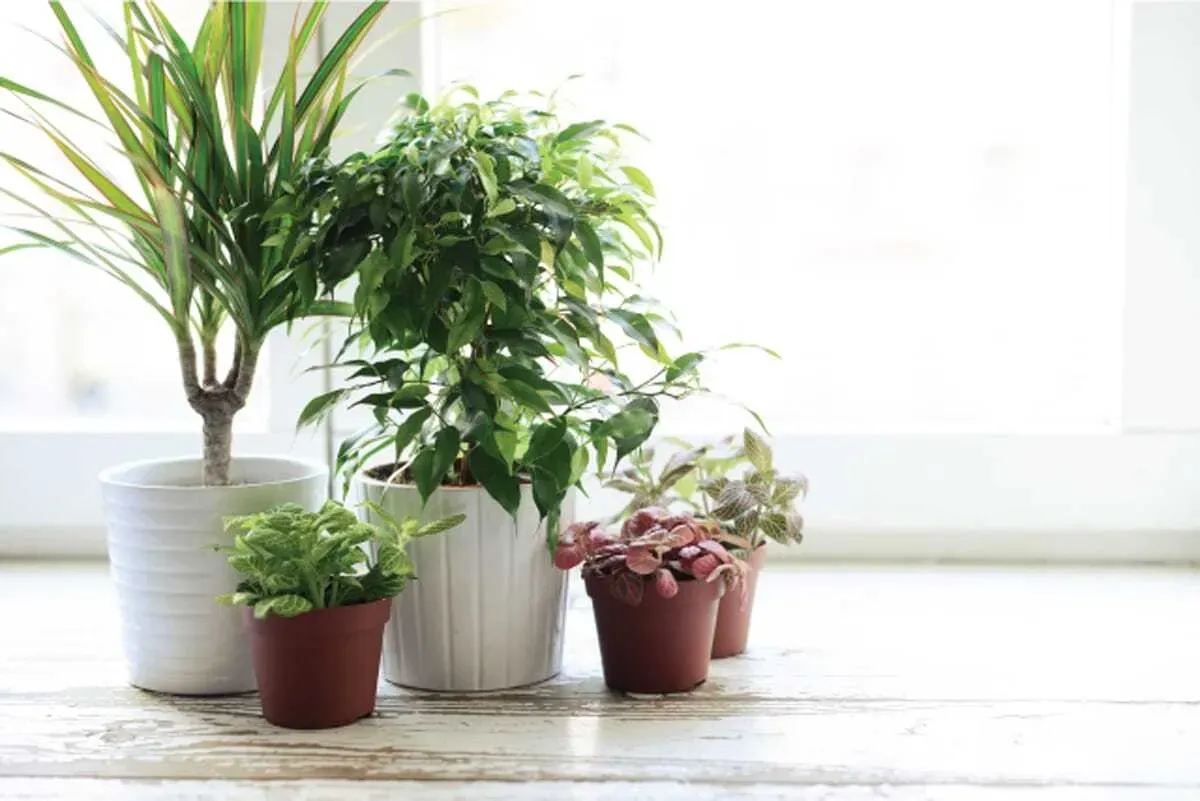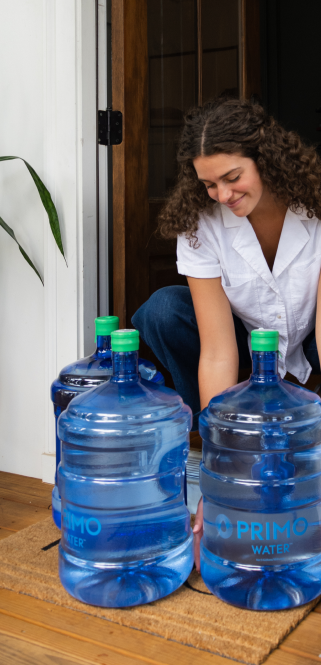
Top 10 Naturally Air Purifying Plants for Your Home
While outdoor air quality is definitely an environmental health concern, indoor air quality is something we need to be aware of and monitor as well. Pollutants build up and linger in indoor environments, causing the air in many homes and buildings to be less than ideal for us to breathe in.
Objects and materials such as furnishings, cleaning products, paints, air fresheners, upholstery and synthetic materials (e.g. plastic and rubber) can emit a variety of toxic chemicals. Additionally, pollen and molds from outdoors further contaminate the indoor air when brought inside.
Thankfully, nature has a simple, effective and inexpensive way to help us purify the air in our homes and offices! Back in 1989, NASA discovered that houseplants can absorb harmful toxins from the air.
Some plants are better at removing certain chemicals than others, and below are 10 of the best houseplants for naturally cleaning the toxins out of the air in your home. For the best results, include a variety of plants in each room. For every 100 square feet, NASA recommends having two or three plants in 8 to 10-inch pots.
#1: CHRYSANTHEMUM
Potted mums are extremely efficient at filtering out pollutants like ammonia, benzene, formaldehyde and xylene.
Bonus: They add some gorgeous color to any room in your home!
#2: BAMBOO PALM
Bamboo palms are especially helpful in filtering out formaldehyde, as well as benzene and trichloroethylene. Since they can grow to be fairly large, they have the ability to filter a large portion of air.
Bonus: Bamboo Palm is pet-friendly!
#3: ALOE VERA
Aloe Vera helps remove formaldehyde.
Bonus: Aloe Vera is extremely easy to care for and its leaves contain a gel that has wound-healing and antibacterial properties!
#4: SPIDER PLANTS
Spider plants help eliminate formaldehyde and xylene.
Bonus: Spider plants are extremely forgiving and do not require frequent watering. They’re also safe for children and animals.
#5: DRACAENA
Dracaenas absorb formaldehyde, xylene, toluene, benzene, and trichloroethylene.
Bonus: Dracaenas are very easy to care for and come in a variety of shapes, sizes, and colors. Be warned, however, that they can be toxic for pets.
#6: PEACE LILIES
This is a top plant for removing common household toxins, including ammonia. Unfortunately, it’s toxic to animals and humans if ingested, so you’ll want to keep it where pets and children can’t come into contact with it.
#7: BOSTON FERN
Boston ferns are one of the most well-known plants for removing indoor air pollutants, as well as for adding humidity to indoor air. The downfall to keeping this plant is that it requires more care and attention than some of the other plants on this list.
#8: ENGLISH IVY
English Ivy is an evergreen climbing plant that helps eliminate several indoor contaminants, including carbon monoxide and formaldehyde. However, it’s toxic to animals and humans when eaten. It can also cause irritation for individuals with sensitive skin.
#9: RUBBER PLANT
The rubber plant is especially great at removing formaldehyde.
Bonus: The rubber plant is extremely sturdy and can survive without much care!
#10: MOTHER-IN-LAW’S TONGUE
We saved the one with the most interesting name for last! Wondering how it got its name? From its long, tongue-like leaves with sharp pointed tips!
This is another top air purifying plant, known to remove at least 107 air pollutants, including carbon monoxide, nitrogen monoxide, formaldehyde, and chloroform. It also produces large amounts of oxygen overnight, making it ideal for bedrooms.
Bonus: Highly resilient, Mother-in-Law’s Tongue can go for weeks without being watered and thrives in most climates.
Do you keep any of these naturally air-purifying plants in your house? Which ones?




